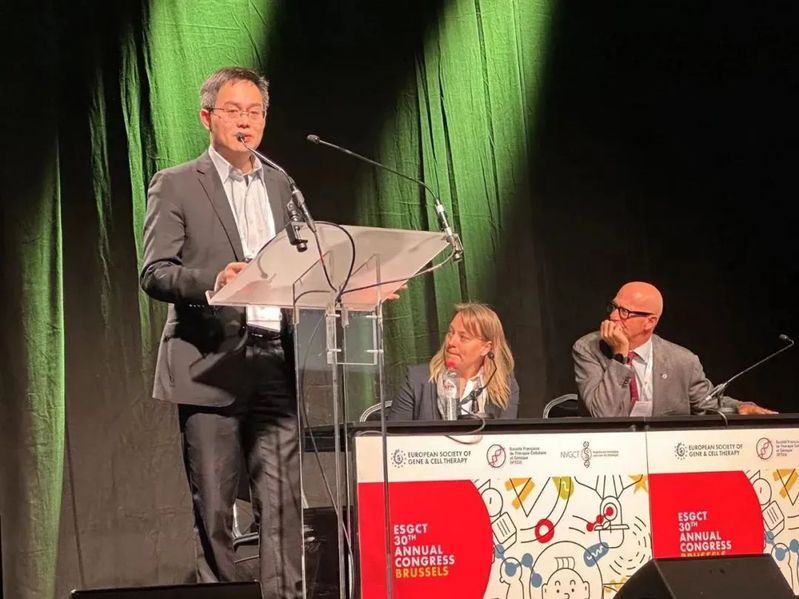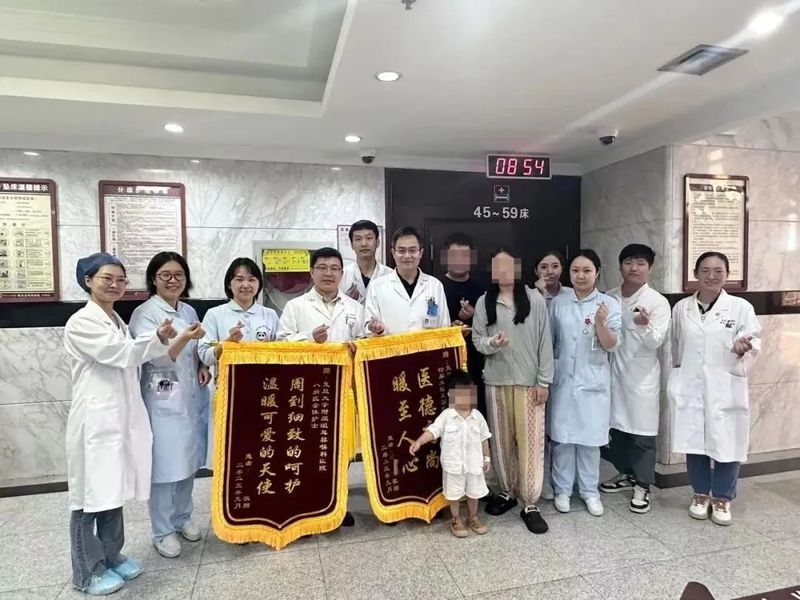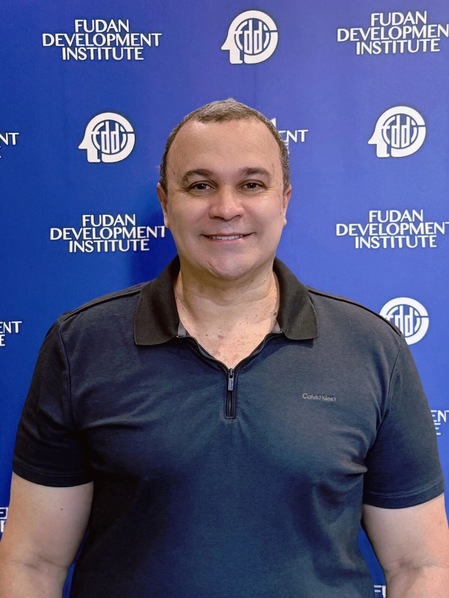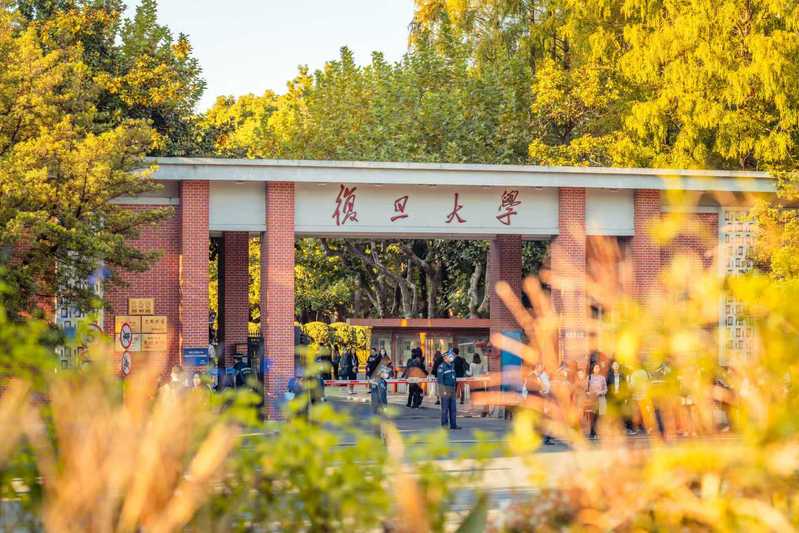At the recent European Society of Gene and Cell Therapy (ESGCT) congress, one of the world's most authoritative international academic conferences in gene and cell therapy, a new gene therapy medicine for DFNB9, known as RRG-003, was unveiled. Developed by the team of Dr. Shu Yilai, deputy director of the Eye and ENT Hospital of Fudan University and director of the Inherited Deafness Diagnosis and Treatment Center, this innovative dual-vector gene therapy has captured the keen interest of experts and academics worldwide.

This study marks the world's first successful human trial of inner ear gene therapy and dual AAV vector delivery, laying a solid foundation for advancing congenital hearing loss gene therapies into clinical practice. With just a single injection into the ear, the gene therapy medication is delivered directly to the inner ear of children affected, supplementing the defective otoferlin protein, with the potential to restore or improve their hearing and speech functions.

The primary stage of the trial has yielded satisfactory results. Following the injection, the treated patients experienced a favorable response with no significant safety concerns, and they demonstrated a clear enhancement in hearing, enabling them to participate in daily conversations.
Shu Yilai's team's groundbreaking work took the spotlight, stirring keen interest among a broad spectrum of 2500 attendees, from audiology experts to cross-disciplinary researchers. The presentation, succinct yet stirring, led to an extended discussion lasting well beyond its allotted time, a testament to the significance of their findings.

“Any hearing improvement I would call a total win, and getting patients to moderate hearing loss is remarkable,” says Lawrence Lustig, a physician at Columbia University who runs studies of hearing treatments. “As a first step, this is huge.”
There are 26 million people worldwide suffering from congenital hearing loss, 60 percent of them due to genetic factors. This condition not only dims the world of sound for children but can also thwart their ability to develop speech and cognitive skills. As Shu Yilai outlines, these hearing challenges often start right at birth and, without intervention, can lead to a life of silence.

Until now, hearing aids and cochlear implants have been the go-to, but they fall short of mimicking the ear's natural capabilities. That's where gene therapy comes in, potentially turning the tide by restoring hearing as nature intended.
Enter RRG-003, Shu's team's brainchild, a sophisticated gene therapy that targets the root of the problem with a single ear injection. This could not only bring back sounds to silent worlds but also empower children with the ability to speak and connect.
Shu Yilai's team has made a significant stride in the clinical landscape, being the first in the world to successfully employ a dual AAV vector approach in human. This method holds the promise of tweaking the very blueprint of life, replacing or repairing the faulty genes responsible for hearing loss and inching patients closer to experiencing the richness of natural sound.
Last October, the wheels were set in motion as this therapy entered the clinical trial stage. This approach could enable patients to perceive sound as anyone with typical hearing does, all without the need for external devices. Moreover, the treatment's minimally invasive nature, an injection within the ear, ensures no external marks are left behind.
However, the journey to bring RRG-003 from the lab to the lives of millions isn't a short one. It'll take years and a concerted effort to forge robust collaborations that meld industry know-how with academic insight and research prowess. For this research to morph into an accessible treatment, it's going to need a strong push from the industrial community, they note, looking towards a future where science meets humanity.
(END)
Presented by Fudan University Media Center
Writer: Chen Shuyang
Editor: Wang Mengqi, Li Yijie
Designer: Ling Yiqi





